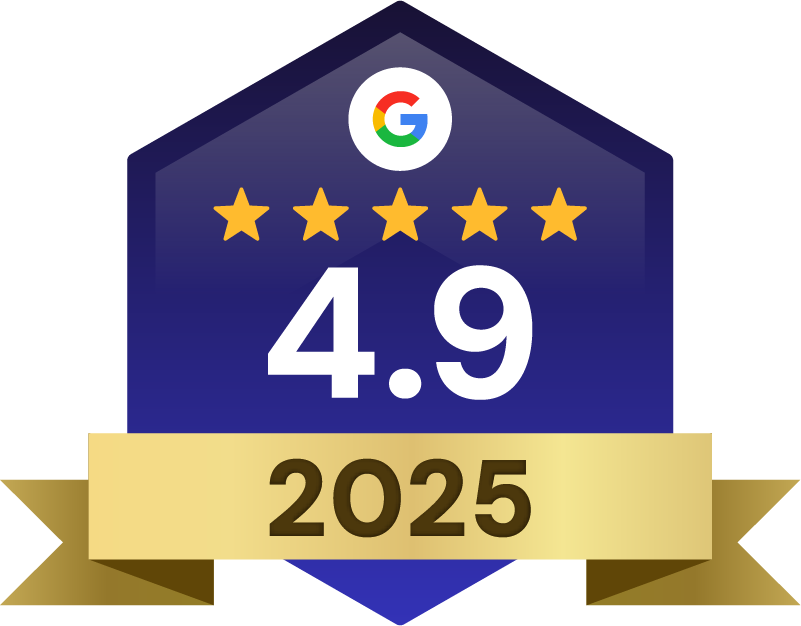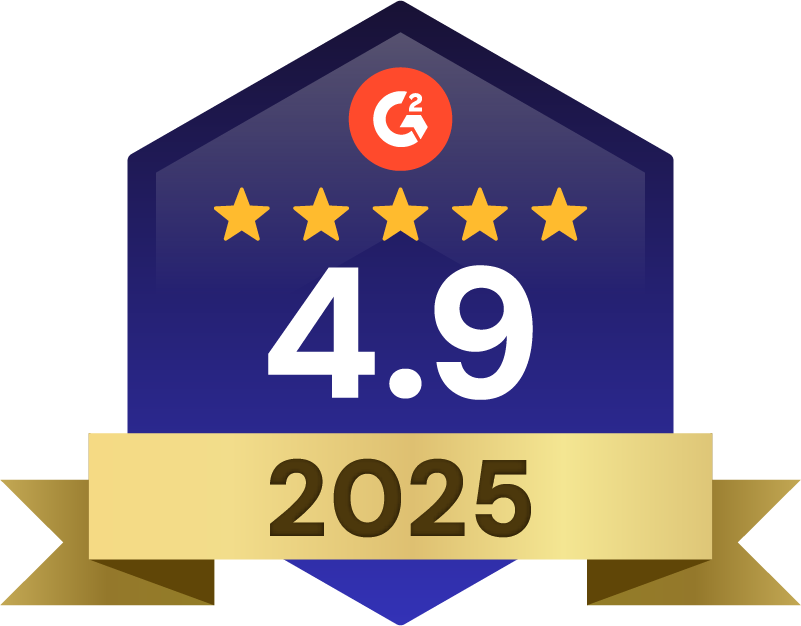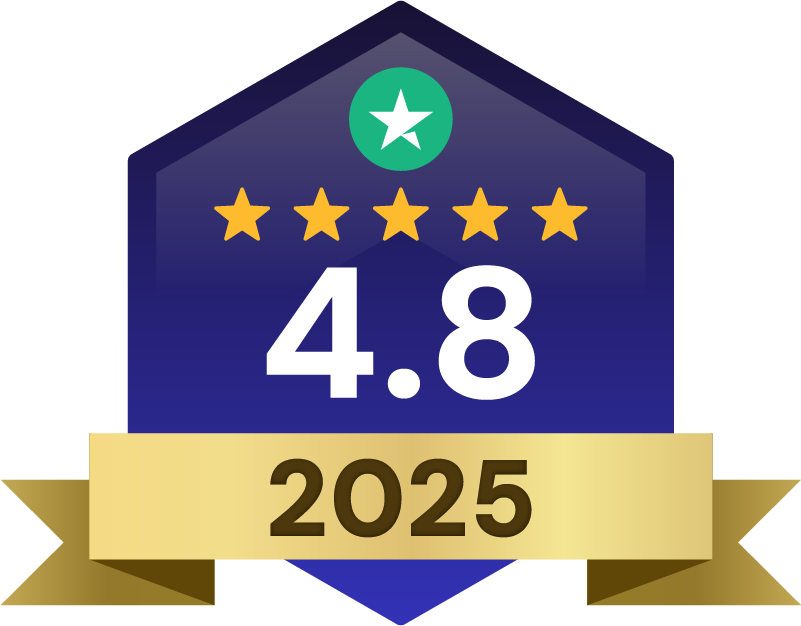Explore how real estate maps transform property searching by helping buyers visualize listings and make informed decisions.
Branding & Design Technology
Property listings used to mean scrolling through endless addresses, clicking one by one, and trying to piece together where everything actually sits. Real estate maps changed that overnight by showing you exactly where homes sit in relation to schools, highways, coffee shops, and each other before you ever schedule a showing.
This guide covers how interactive maps work, what filters actually matter, and why map-based search converts more leads than traditional list views. You’ll also learn how agents embed branded maps on their websites and what mapping technology is coming next.
What Is a Real Estate Map?
A real estate map is an interactive digital tool that shows properties for sale overlaid on actual streets and neighborhoods, complete with search filters you can adjust in real time. Instead of scrolling through endless lists of addresses and photos, buyers can see exactly where each home sits in relation to parks, schools, highways, and other homes on the market. This geographic view changes everything about how buyers search because they can instantly spot patterns like whether a property backs up to a busy road or sits in the middle of your ideal school district.
The difference becomes clear the moment you start using one. Traditional list searches force you to click property after property, trying to remember addresses and piece together a mental map of where everything actually is. Map search shows you the full picture at once, revealing neighborhood boundaries, price clusters, and inventory gaps that would take hours to figure out otherwise.
How Interactive Property Maps Improve Home Search
Map-based property search gives you context that simple listing grids can’t provide. You see the relationship between homes and their surroundings before you ever schedule a showing.
Live Data Updates
Real estate maps pull information directly from MLS databases, which means price changes and new listings show up within minutes of an agent entering them. When a home in your target area drops its price by $10,000 or a new property hits the market, the map updates immediately. This real-time connection helps you catch opportunities early, especially in competitive markets where homes sell in days rather than weeks.
Neighborhood Insight Layers
Most advanced map platforms let you toggle on extra information that appears right on top of the property pins. You can turn on layers showing crime statistics, walkability scores, school ratings, and nearby amenities without leaving the map screen. These overlays help you evaluate neighborhoods objectively, which matters a lot when you’re moving to a new city and don’t know the area yet.
For example, you might find a home that looks perfect until you turn on the noise layer and discover it sits directly under a flight path.
Commute and Transit Overlays
Commute tools on real estate maps calculate drive times from any property to your workplace, factoring in typical traffic at different times of day. Public transportation overlays show bus routes, subway stops, and train stations with exact walking distances marked. This feature alone eliminates properties that seem great on paper but would add an hour to your daily commute, saving you from wasting time on showings that were never going to work.
Key Filters That Make Map Search Faster
Smart filtering turns a crowded map of hundreds of listings into a focused view of only the homes that actually match what you’re looking for. The trick is layering filters strategically rather than turning everything on at once.
Price and Days on Market
Price range filters are standard on every platform, but combining price with days on market reveals which sellers might be ready to negotiate. Properties listed for 60+ days often signal flexibility on price or willingness to help with closing costs. Maps show these patterns through color coding or different pin styles, letting you spot potential deals at a glance.
School Zones and Ratings
School district boundaries appear as colored zones overlaid on the map, often labeled with performance ratings or test scores. You can instantly see which properties fall inside top-rated elementary, middle, and high school zones without cross-referencing a separate school district website. This matters enormously for families because school zones affect both your kids’ daily experience and your home’s resale value down the road.
Lifestyle Scores and Amenities
Distance filters let you set requirements around specific places like parks, coffee shops, gyms, or grocery stores. Some platforms calculate lifestyle scores that combine multiple factors into a single number representing how well a location matches your preferences. You might filter for walkable neighborhoods with restaurants within a quarter mile and watch the map instantly highlight only properties meeting those criteria.
Commercial Real Estate Map Layers You Should Know
Commercial property search requires different information than residential, and specialized map platforms cater to business and investment needs. The layers available for commercial properties go well beyond basic listing details.
Zoning and Land Use
Zoning overlays show permitted uses for every parcel, color-coded by categories like residential, commercial, industrial, or mixed-use. You can see at a glance whether a property allows your intended business type and what development restrictions apply. Future planning layers reveal proposed zoning changes or infrastructure projects that might impact property values or business viability in the coming years.
Foot Traffic Heatmaps
Retail location analysis relies heavily on pedestrian flow data, which appears on commercial maps as color-gradient heatmaps showing high and low traffic areas throughout the day. These visualizations come from anonymized mobile phone data collected by third-party analytics companies. A corner storefront that looks prime might actually show surprisingly low foot traffic compared to a mid-block location with better visibility and access.
Lease Comps and Vacancy Rates
Commercial maps display comparable lease rates for similar properties in the area, often broken down by price per square foot and typical lease terms. Vacancy rate overlays show which buildings or areas have high availability, which can signal either opportunity or underlying market weakness depending on the context. This data helps you negotiate lease terms and evaluate whether asking prices align with current market conditions.
Future Map Technology Shaping Property Search
The next generation of real estate maps will incorporate technologies that seem futuristic right now but are already in development. These innovations will change how you discover and evaluate properties over the next few years.
AI-Driven Predictive Pricing
Machine learning algorithms analyze historical sales data, market trends, and local economic indicators to forecast which properties are likely to appreciate or depreciate over the next one to five years. These predictions appear as map overlays, highlighting potential investment opportunities or warning about areas with declining values. While not perfect, AI pricing models help surface patterns that human analysis might miss, especially across large geographic areas.
Augmented Reality Street View
AR integration lets you point your phone at a street and see property information, listing prices, and even virtual staging overlaid directly on the real-world view through your camera. You can walk through a neighborhood and instantly know which homes are for sale, their prices, and key features without constantly checking the map on your screen. Some platforms are testing AR interior visualization that shows furniture and decor options in empty rooms during virtual tours.
Blockchain-Verified Parcel Data
Distributed ledger technology creates tamper-proof records of property ownership, liens, and transaction history that update automatically on map interfaces. This eliminates the lag time and potential errors in traditional public records systems. You’ll be able to verify ownership and title status instantly while browsing properties on the map, reducing due diligence time and increasing confidence throughout the transaction.
Step-by-Step Using a Real Estate Map to Find Your Next Home
Getting started with map search takes about five minutes once you understand the basic workflow. The process works best when you start broad and get more specific as you go.
1. Set Your Budget and Must-Haves
Before you open any map interface, write down your maximum price, minimum bedrooms and bathrooms, and any deal-breakers like garage space or yard size. These core criteria form your baseline filters. Starting with clear parameters keeps you from wasting time on properties that look great on the map but don’t meet your fundamental requirements.
2. Draw or Select Your Area
Most platforms offer drawing tools that let you outline custom search areas by clicking points on the map. This works better than searching by zip code when you want to include parts of multiple neighborhoods or exclude areas near highways. You can also select preset boundaries like school districts or established neighborhood names if you’re targeting well-defined areas.
3. Apply Advanced Filters
Once your search area is defined, layer on secondary criteria like lot size, home age, property type, and special features such as pools or updated kitchens. Watch the map update in real time as each filter removes properties that don’t match. The visual feedback helps you understand how each requirement affects available inventory, which comes in handy when you’re deciding which preferences you can compromise on.
4. Save and Share Your Search
Every major map platform lets you save searches and set up email alerts for new listings matching your criteria. You can also generate shareable links that preserve all your filters and map settings, making it easy to get input from your spouse or share options with your agent. These saved searches become your personalized monitoring system for market activity in your target areas.
How Agents Embed Branded Map Search on Their Websites
Real estate professionals who add custom map search to their websites capture more leads and provide better user experiences than those relying on third-party platforms. The technical implementation has become surprisingly accessible over the past few years.
Choosing an IDX or API
Your map data comes from either an IDX solution or direct API integration, and each option has clear tradeoffs:
- IDX Solutions: Ready-made widgets that plug into your website with minimal technical work, though customization options are limited to preset themes and layouts.
- API Integration: Direct access to MLS data gives you complete control over design and functionality but requires developer expertise or hiring outside help.
- Hybrid Options: Some platforms like AgentFire offer the ease of IDX with enhanced customization, balancing quick deployment with brand consistency.
The right choice depends on your technical comfort level and how much you want the map to feel like a native part of your website versus a clearly embedded tool.
Design and Color Matching
Your embedded map needs to look like it belongs on your site, not like a generic widget someone pasted in as an afterthought. This means matching your brand colors to map elements like pins, borders, and buttons. Logo placement, font choices, and even the map’s default zoom level all contribute to a cohesive brand experience that builds trust with visitors.
Why Real Estate Maps Convert More Leads
Map-based search doesn’t just provide a better user experience. It fundamentally changes how prospects engage with your website and move through the decision process.
Visual Storytelling Boosts Engagement
Geographic context creates emotional connections that text listings can’t match. When someone sees a home positioned near a park where they imagine walking their dog, or close to their favorite coffee shop, they start picturing their life in that location. This emotional engagement translates to longer session times, more pages viewed, and higher likelihood of reaching out to an agent.
Faster Decision Cycles
Spatial awareness accelerates the elimination process, helping buyers rule out unsuitable properties quickly and focus attention on genuine contenders. Instead of scheduling showings for homes in areas they wouldn’t actually want to live, buyers arrive at in-person tours with realistic expectations and serious intent. Agents consistently report that map-educated buyers make offers faster because they’ve already done the neighborhood research that used to happen after multiple showings.
Data-Backed Trust Signals
Comprehensive property and area information builds credibility by demonstrating transparency. When your website provides school ratings, crime statistics, and commute times alongside listings, you position yourself as a trusted advisor rather than just a salesperson. Buyers feel more confident making decisions based on objective data, which reduces anxiety and objections throughout the transaction process.
Ready to Map Your Market With AgentFire?
AgentFire’s platform includes interactive ClickMaps that integrate seamlessly with your branded website, giving prospects the visual search experience they expect while keeping them on your domain. Our Area Guides connect directly to map search, so when someone explores a neighborhood they can instantly see available properties in that area. The entire system feeds into Lead Manager, capturing prospect information and behavior so you can follow up with context about which properties and neighborhoods interest them most.
Book a demo to see how AgentFire’s ClickMaps and integrated IDX solutions can transform your website into a lead-generating asset with branded, interactive property search.
FAQs About Real Estate Maps
Are real estate map searches accurate in rural areas?
Rural areas often have limited data layers for amenities and fewer recent sales comparisons, but basic property boundaries and active listings remain reliable through MLS integration. You might not get walkability scores or detailed traffic data, but you’ll still see accurate property locations, prices, and listing details.
Can I use a real estate map on my phone without downloading an app?
Most real estate maps work through mobile web browsers with responsive design that adapts to smaller screens, though dedicated apps often provide better performance and offline map access. The mobile web experience has improved dramatically in recent years, making apps optional rather than required for basic map searching.
Does creating a map search cost money?
Basic map searching is typically free on real estate websites, including saving searches and setting up listing alerts. Premium features like detailed market analytics, predictive pricing tools, or commercial property data may require subscriptions, but consumer-focused residential search almost always remains free to attract potential clients.






